Hello all,
I recently posted a thread here:
https://www.pricescope.com/community/threads/help-how-can-a-diamonds-color-change.131380/
and I dont mean to be redundant, but I wanted to start a new thread to see if anyone had heard of "Quenching" here.
I took a diamond ring to the jewelers to be repaired and redipped and my white diamond came back grey.
It''s the same stone, same inclusions and has been thoroughly steamed and cleaned, but it is now much darker and grey in color.
A gemologist suggested that the stone must have been "quenched" ie: the jeweler heated it up too much, and then put it in a cold liquid solution without waiting for it to cool and thus burned and sealed the burn, altering the diamonds color permanently.
I am wondering if anyone has ever seen or heard of this because I never did before and neither did my jeweler and we are both understandably upset about it.
I also am wondering if there is any possible way this process might be reversed.
A long shot but never hurts to ask questions.
thanks for listening, please let me know if you know anything.
Best wishes,
~Eternal

I recently posted a thread here:
https://www.pricescope.com/community/threads/help-how-can-a-diamonds-color-change.131380/
and I dont mean to be redundant, but I wanted to start a new thread to see if anyone had heard of "Quenching" here.
I took a diamond ring to the jewelers to be repaired and redipped and my white diamond came back grey.
It''s the same stone, same inclusions and has been thoroughly steamed and cleaned, but it is now much darker and grey in color.
A gemologist suggested that the stone must have been "quenched" ie: the jeweler heated it up too much, and then put it in a cold liquid solution without waiting for it to cool and thus burned and sealed the burn, altering the diamonds color permanently.
I am wondering if anyone has ever seen or heard of this because I never did before and neither did my jeweler and we are both understandably upset about it.
I also am wondering if there is any possible way this process might be reversed.
A long shot but never hurts to ask questions.
thanks for listening, please let me know if you know anything.
Best wishes,
~Eternal


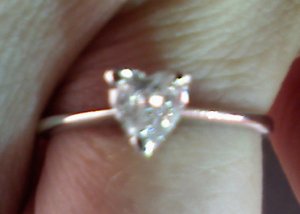
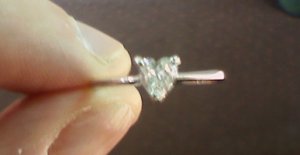
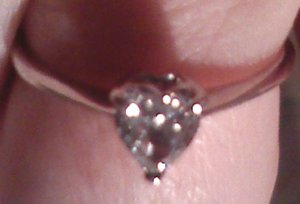
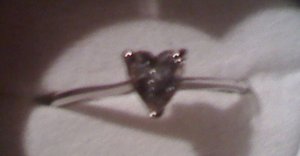
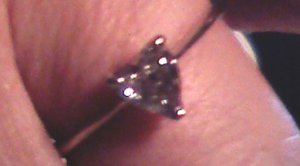


300x240.png)